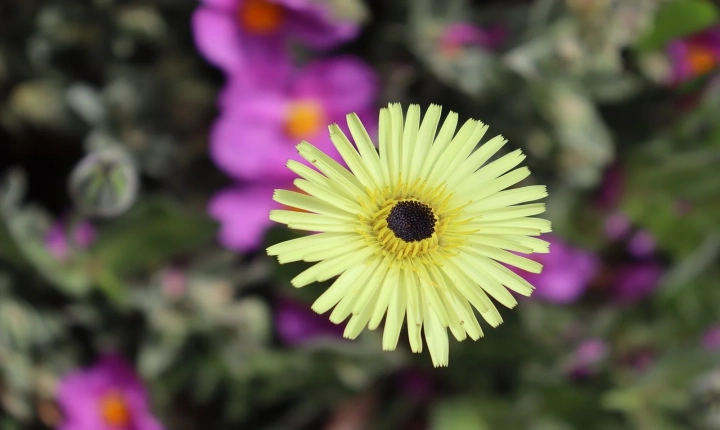Title: Can AI Create Art on Its Own?
In the past few years, there has been a remarkable surge in the use of artificial intelligence (AI) in creative fields. From music composition to painting, AI has shown its ability to create art that is often indistinguishable from human creations. This has sparked an intriguing debate – can AI truly create art on its own?
AI has demonstrated impressive artistic capabilities through various techniques such as deep learning, generative adversarial networks (GANs), and natural language processing. These technologies enable AI to analyze vast amounts of data, learn underlying patterns, and generate new artistic content. For example, AI algorithms have been used to compose classical music that mirrors the style of renowned composers, and create visual artworks that resemble the works of celebrated painters.
When considering the question of whether AI can create art on its own, it is essential to acknowledge the role of human involvement in the creative process. While AI can autonomously generate artistic content based on learned patterns, it currently lacks the intrinsic emotional and experiential understanding that human artists possess. Art is often a deeply personal and expressive endeavor, shaped by the experiences, emotions, and perspectives of the creator. AI, as advanced as it may be, does not have a personal history or a genuine emotional drive to create art.
Furthermore, the concept of originality and intentionality in art raises important questions about the autonomy of AI-generated art. Can art truly be considered original if it is produced through an algorithm that has been trained on existing artistic works? Does AI possess the intentionality and consciousness necessary for genuine artistic expression?
Despite these philosophical considerations, the impact of AI on the art world is undeniable. AI has the potential to revolutionize the creative process, offering new tools and methods for artists to explore and expand their artistic horizons. It can serve as a collaborative and inspirational tool, assisting artists in generating new ideas, exploring unconventional concepts, and pushing the boundaries of traditional art forms.
Moreover, the emergence of AI-generated art has prompted discussions about the nature of creativity and the evolving role of the artist in a technologically advanced society. Artists and AI researchers are collaborating to explore the intersection of human creativity and machine intelligence, leading to thought-provoking exhibitions, performances, and installations that challenge our perceptions of art and technology.
In conclusion, while AI has demonstrated remarkable abilities in generating art, the question of whether it can create art on its own remains a complex and multifaceted topic. The current state of AI suggests that while it can produce art that is aesthetically pleasing and conceptually intriguing, it still lacks the fundamental human qualities that underpin genuine artistic expression. Nonetheless, the collaboration between artists and AI continues to inspire new forms of creativity and push the boundaries of what we perceive as art. As AI continues to evolve, it will be fascinating to witness how its role in the art world develops and how it challenges our understanding of creativity and artistic autonomy.
